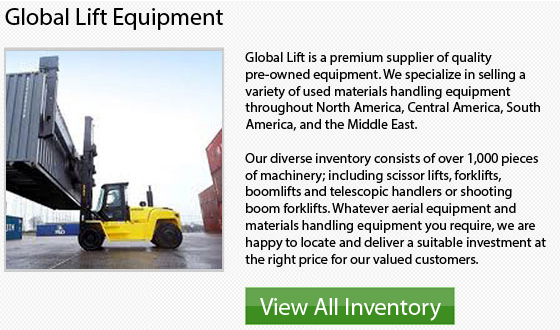
Reach Forklifts
Space is normally at a premium in most distribution facilities or warehouse settings. The less space needed for aisles in which to use machinery, the more room overall you would have to store goods and products. Therefore, particular equipment has been intended to be utilized in extremely narrow aisles in order to maximize space and efficiency.
Reach Trucks
The specific reach lift truck has a mast that extends away from the forklifts body. Normally, it is attached with a scissor mechanism. When the scissor is drawn in or compacted, the forklift becomes much narrower compared to the standard forklift.
Operator Position
The majority of reach trucks are designed so that the operator is standing while operating the unit. This is a contrast to the typical lift truck where the operator is normally sitting. The standing operation area lessens the amount of room required for the operator compartment, allowing the equipment to accomplish an even smaller profile overall.
Space Saving
Aisle-ways can be made as narrow as 7 feet with a reach truck. Most typical forklifts require a minimum aisle space of roughly 11 feet; therefore, using a reach truck provides around a savings of 5 feet per aisle. When the warehouse is leased by the square foot basis, this is a considerable amount of space.
Unique Controls
Normally, a reach truck is steered using a rotating lever located beside the driver on a platform. There is a different lever utilized to control the mast and for extending the mast and also to control reverse and forward. These controls are somewhat different compared to standard forklift controls.
Load Capacity
Usually, the load capacity for a reach truck is less than that of a standard forklift, depending on the kind. This is mainly due to the equipment's narrow design, which can cause a really high center of gravity. When the mast is fully extended and the load is raised, this is particularly true.